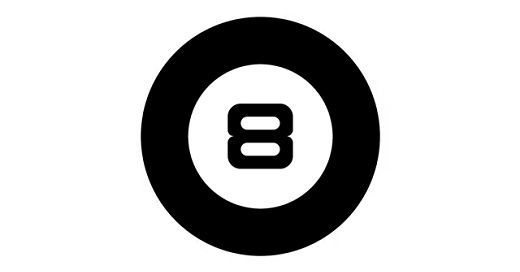the instagram eras
no app has defined the mass adoption of the internet more than instagram—in light of the platform's looming fifteenth birthday, here's a look back at instagram's impact and trajectory
To alleviate our collective economic pain, 8Ball subscriptions are 20% off for the next month. Find the offer here: www.8ball.report/recession
Clout. Influencer. Meme. Filter. Hashtag. App. Posting. Selfie. These words are so old, some of them have already fallen out of favor. "They’re not influencers anymore," an art director cautions me, "they’re content creators." Instagram is not solely responsible for their mass adoption into the English lexicon. People post on X—though when it was Twitter, they tweeted. There were many apps. Too many. But unlike Facebook, which introduced itself as a social network, Instagram began as "an app for sharing photos." Instagram was the first mobile-first social. (Facebook still hasn’t shaken its desktop feel.) When Twitter launched in 2006, there was no iPhone. To tweet from your Motorola Razr, you texted 40404. The 140 character limit was imported from SMS. It was the character limit for a text.
Launched in the fall of 2010, almost fifteen years ago, Instagram was the app that first sucked the masses into their screens. The anonymous nature of Twitter, the rare but requisite verbal IQ needed to thrive, its very public and therefore intimidating place in public discourse gave it a profile outsized for its number of actual users. Facebook ironically was too private. A friend requires a request. As a result, no one is Facebook famous. You surrendered your privacy to Mark Zuckerberg and what did you get? Not money, not power, not fame, not clout. Instagram however had immediate appeal. You didn’t need a pithy screen name. You didn’t need to be funny.
You just needed your face.
Instagram more than any platform, has defined the millennial internet experience. It is for so many users, a diary of their youth and early adulthood. It’s where high school memories live and college memories live. It’s where marriages and baby showers and housewarmings live. I have always been a marginal Instagram user. But even for me, the digital diaries of friends prompt my own memories. Some good. Some bad.
Recently, bored and nostalgic, on the phone with a friend, we spent a few hours digging through our friends’ feeds, the super-users especially. Admittedly, doing this is mildly antisocial. Our friends looked younger, brighter, baby-faced, but their style was markedly worse. We agreed: our friends looked better and dressed worse—and no this wasn’t a matter of fashion cycles. It was a matter of fashion victims, a criticism that equally applied to ourselves when we looked back at our own feeds.
You start to notice other things as well. Everyone’s skill as a photographer declines as you go backwards, as does the quality of the cameras. Shoddy photographs are hidden under filters like acne under caked on make-up. So often the attempt to hide flaws only makes them all the more conspicuous. The content changes too. Old behaviors re-appear: hashtagging, spam posting, dead memes, abandoned political causes.
Subtley, it becomes clear. As the content changes, so too does the cultural metaphor shift: What is Instagram? What is it for?
timeline
Instagram sorts into eras:




